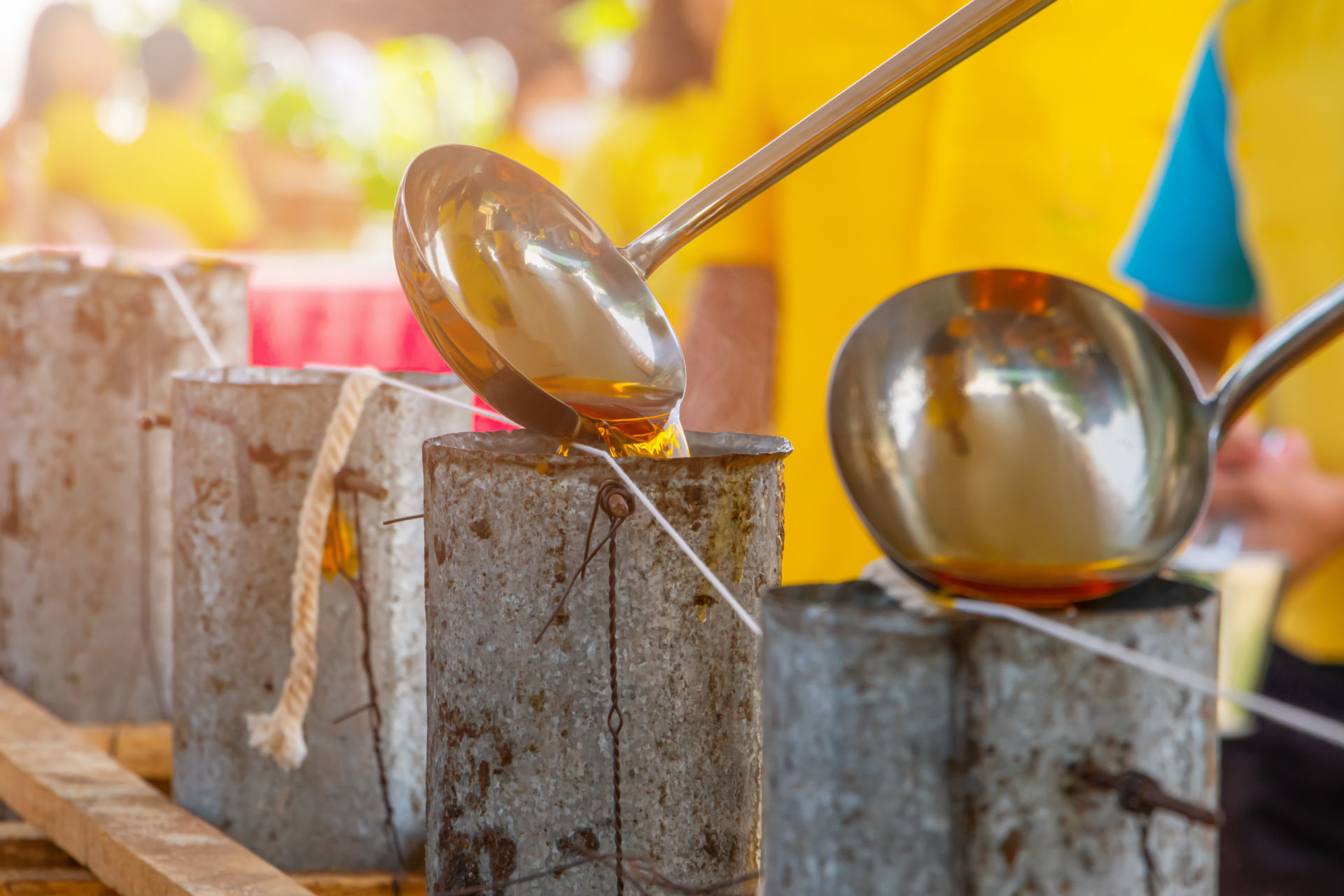Throughout history, art casting has been used to create beautiful works of art, to recreate previous works of art that may have become damaged or deteriorated due to age, or when mass-producing art pieces. The art casting method involves using wood, stone, plaster, or silicon rubber molds and some type of pliable material, such as molten metal, to be poured into the mold and cooled to create the art piece using a kiln and a furnace.
Advances in technology have allowed for additional casting methods to be available to regular consumers, as 3-D printing methods can be used to create plastic molds that the pliable metal will be poured into. The type of metal used in the casting plays an important role not just in the quality of the art piece, but also providing a safer casting method at a lower price point. Bismuth-based low melting alloys can provide benefits to the art casting industry as these alloys can be used in molds crafted out of more heat sensitive materials, such as silicone and plastic.
Benefits of Low Melting Alloys
Bismuth-based low-melting alloys consist of a base metal that has been alloyed with other metals to create a material that will melt quickly and evenly at lower temperatures. These temperatures can range from 117° – 281°F for eutectic fusible alloys (alloys that melt/solidify at a specific temperature) and 107° – 338°F non-eutectic fusible alloys (alloys that melt/solidify along a temperature range).
These alloys are ideal for smaller manufacturers, jewelers and amateur artists who may not have access to larger equipment and furnaces that can generate higher temperature levels at a consistent rate. Bismuth-based low melting alloys can also be used for molds that will be reused during mass production, or for more sensitive, cheaper molds.
Types of Bismuth-Based Low Melting Alloys Used in Art Casting
Bismuth-based alloys that are low melting will typically contain a base metal of bismuth, ranging from 40% to 55%, combined with other metals such as tin, indium, lead, and cadmium. Some of these metals, such as cadmium, are toxic when inhaled. So care should always be taken when using them in their molten state during casting processes. Some bismuth-based low melting alloys from Belmont Metals that may be used in casting include:
Bi-Pb-In-Sn-Cd Eutectic Alloys: This low melting alloy is a very good castable material as it has a low melting point of 117°F. So it can be used with other materials such as plastic or silicone without distorting it. This alloy can also be recovered and recycled.
Bi-Pb-In-Sn Eutectic Alloys: This alloy may be preferred when the art caster wants to avoid using cadmium. It has a low melting point of 136°F and is perfect for proof casting using silicone molds.
Wood’s Metal: Wood’s metal is a non-eutectic metal and is often used when making metal inlays or when repairing antiques. It melts at a range of 158° -169°F as it contains bismuth, tin, lead and cadmium.
Field’s Metal: Field’s metal is eutectic as it contains only bismuth, indium and tin. This metal alloy is pricier than Wood’s metal due to the indium, yet may be preferred when trying to avoid using the toxic and hazardous materials of lead and cadmium. It has a melting point of 144°F.
Rose Metal: For art casters looking for a safer metal alternative than alloys that contain cadmium yet has a better cost, Rose metal may be the right choice. It is a non-eutectic alloy that contains bismuth, tin and lead as it has higher melting point of 203° – 239°F. An important point to remember is that Rose metal does not contract as it cools, which may be preferred in castings that have intricate points.
Manufacturers in the art casting industry can turn to Belmont Metals when they need bismuth-based low melting alloys for their products. We have a wide range of alloys as our metallurgists can help you select the right metal based on your application.

